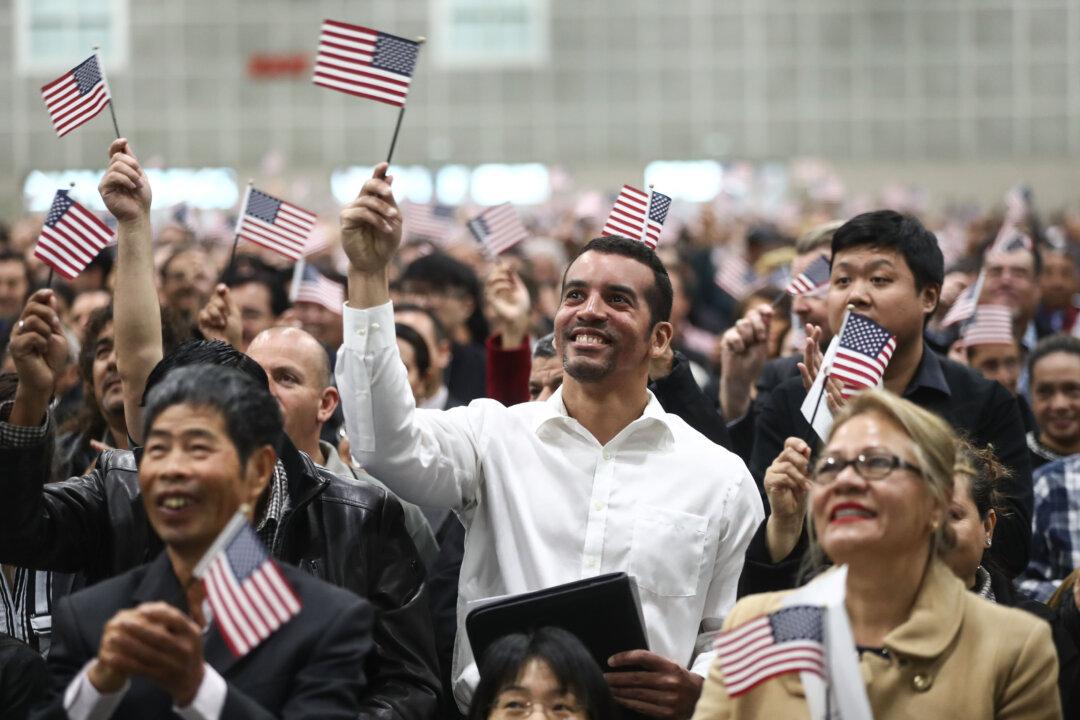Commentary
Following two separate instances of heinous mass shootings, CNN’s Jake Tapper spent the morning on Aug. 4 asking various presidential candidates about white nationalism.

Following two separate instances of heinous mass shootings, CNN’s Jake Tapper spent the morning on Aug. 4 asking various presidential candidates about white nationalism.